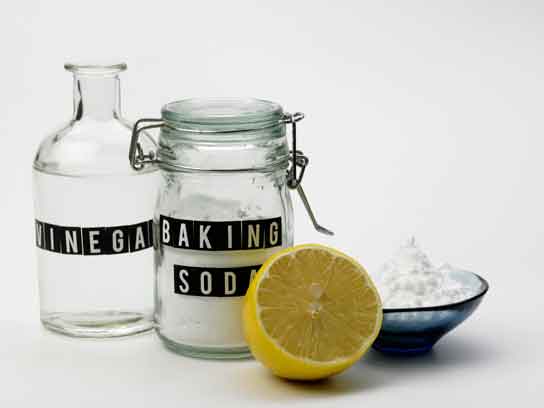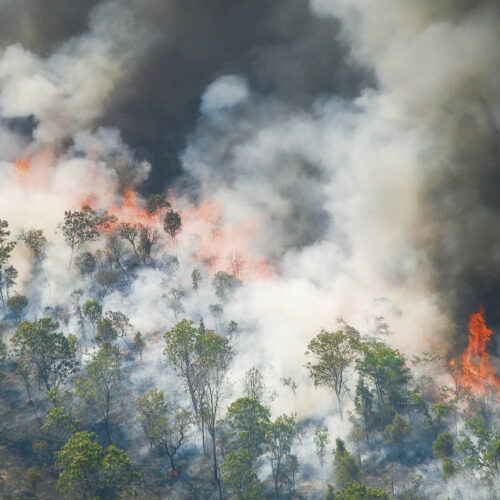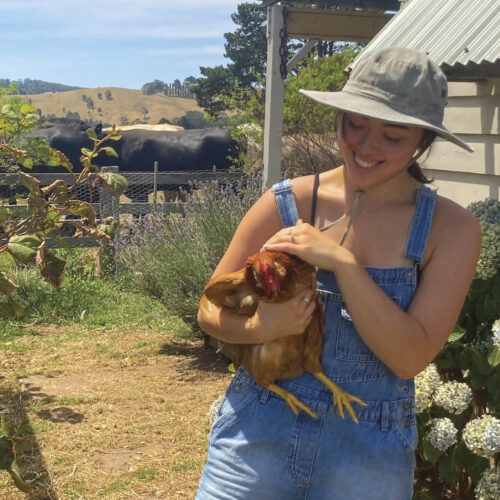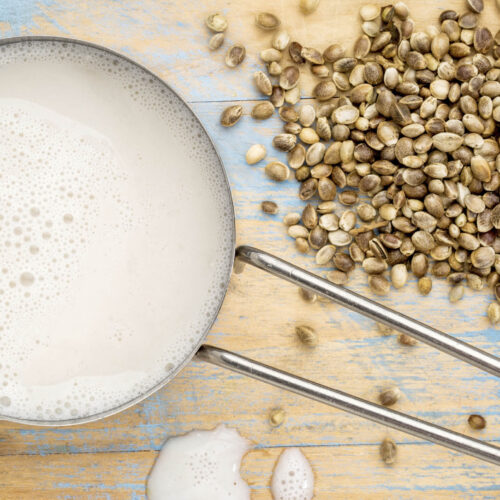Green cleaning
2019-03-21T01:06:59+11:00
Jessamy Miller has been making her own green cleaning products for years. Here’s her tips to get you started in your own home.
I have been making my own cleaning products for years, living by the mantra that you don’t have to harm the environment to maintain a clean home. It’s safe, easy and cost-effective and I find cleaning much more pleasant when I’m not breathing in toxic fumes.
Green cleaning is easiest when you have the right tools in a convenient place. Here is a basic cleaning kit for the home:
• Naturally distilled white vinegar: used to break down soap scum, prevent mould and neutralise odours.
• Citric acid: for cleaning and removing calcium deposits.
• Bicarb soda (bicarbonate of soda, sodium bicarbonate, or, in the US, baking soda): cleaner, de-greaser and scourer.
• Washing soda (sodium carbonate): used to cut grease, remove stains and whiten.
• Borax (sodium borate, sodium tetraborate or disodium tetraborate, not boric acid): used for cleaning, removing stains, neutralising odours and eradicating pests. Toxic in concentrated amounts, use common sense precautions: keep out of reach of children and handle using gloves.
• Pure soap flakes: palm-oil free.
• Essential oils: try tea tree and eucalyptus.
Pure soap is made by combining a fatty acid, such as an oil, with lye or caustic soda. Conventional soap contains numerous synthetic ingredients to increase foaming, add fragrance or make it antibacterial. These are drying to the skin, and may impact health and contaminate our waterways.
It’s satisfying to make your own soap from natural ingredients, however, care must be taken when handling caustic soda. If you wish to learn soapmaking, a short course is a good place to start.
I buy natural homemade soap in bulk at my farmers’ market. Similar soaps are available at health food shops and online stores. I use coconut oil soap flakes in household concoctions.
Handmade soap can be costly. To make it last, leave it in a dry, well-drained spot so it doesn’t melt away, and use a flannel to lather the soap and wash yourself, rather than using soap directly. Adhere soap slivers to the new bar, or collect in a netting bag and swish in water when handwashing.
Keep it simple! Benches, sinks and other surfaces can be cleaned with a cloth and hot soapy water. I keep bicarb soda in a shaker and use it where a de-greaser or mild abrasive is required. A splash of white vinegar on a damp cloth is used to shine bathroom surfaces and wipe inside the fridge. If you like a fragrance, add a few drops of eucalyptus or tea tree oil to a clean cloth and run it over surfaces after cleaning.
Make your own dishwasher powder
2 cups washing soda
2 cups bicarb soda
½ cup salt
½ cup citric acid
Mix together thoroughly and store in
a wide-mouthed screw-top jar. Use a
heaped teaspoon per wash.
For more eco-living tips: Organic Gardener Magazine Australia.






